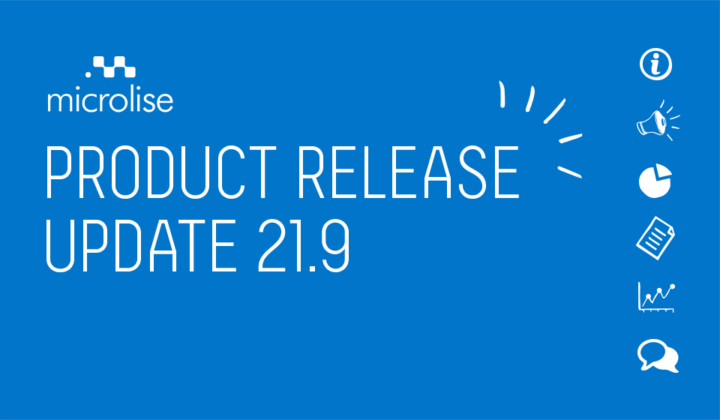My role in Microlise is to plan the projects across three main themes – customer projects, new product developments and supporting our current customer base. In order to achieve these goals we have adopted SCRUM and are using this Agile framework within the Scaled Agile Framework.
I first used Scrum over 5 years ago and have been a certified Scrum Master and member of the Scrum Alliance ever since. When I started with Agile development, it was for ‘new media’ trendy types in London, working out of loft offices in Shad Thames.
Agile software development in the UK has come a long way in a short time. It is no longer a niche interest, but it still has this misperception in some quarters. To these people, Agile means no plans or documentation and just doing what you ever you feel like. However Agile frameworks like SCRUM are well documented, disciplined and highly structured ways of working that allow an organisation to respond quickly to customer and market needs.
Agile varies in that we start to deliver value to customers early. It provides transparency, and allows customers to change their minds frequently and often. In fact Scrum actively invites change, welcoming it with open arms.
Microlise started down the path to be Agile long before I joined the company, but like many other companies moving into Agile processes, teams had become bogged down in tiny details and processes without keeping in mind the benefits of Agile software development.
My first job was to look at our current process and actively engage in restarting the process of Agile adoption across the company and remind everyone Agile is a journey not a destination.
If you think how much your computer, and the software that makes it work, has changed in the last 10 years (touch screens, apps etc.), then the ways of managing this change must equally adapt and change.
And change and the active management of this change is at the heart of The Manifesto for Agile Software development. This is made up of four simple statements:
- Individuals and interactions over processes and tools
- Working software over comprehensive documentation
- Customer collaboration over contract negotiation
- Responding to change over following a plan
The items in bold on the left we value over those on the right. It is the fourth principle around responding to change that can prove to be the biggest challenge to a business. It relates directly to the third principle and is about creating a partnership with our customers.
It is this partnership that is the key to Agile software development. With direct communication, the customer gets a clear understanding of what they are getting, and is able to give a clear steer on how to proceed. Similarly issues that arise are resolved quickly and the Scrum team get a really good understanding of what is needed. Both parties are clear that they have got the message right. This engagement is truly two way and will only work if both parties truly engage in the process.
It is by engagement with our customers, internal and external, that the software will deliver real value. Like Rugby, Scrum is a full on contact sport with our customers. Unlike Rugby, the Scrum team and the customer are on the same side moving forward to the goal of excellent software that delivers value.
Which after all is the aim of Agile.




